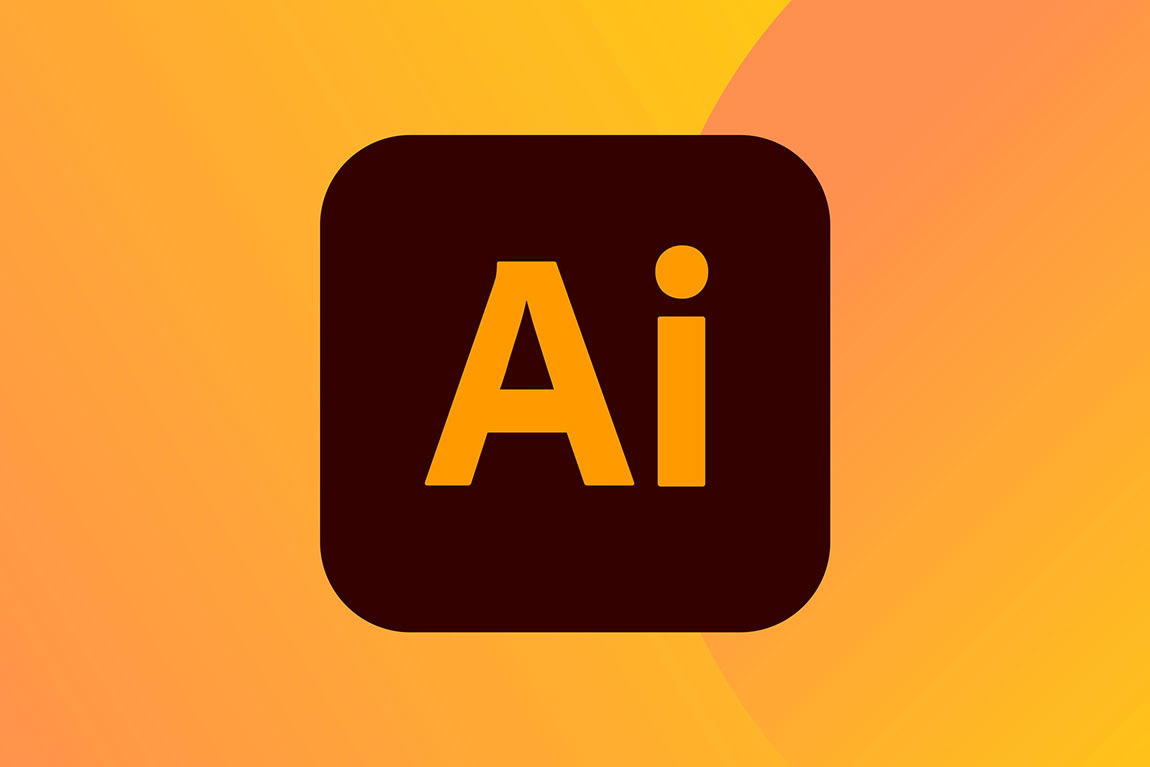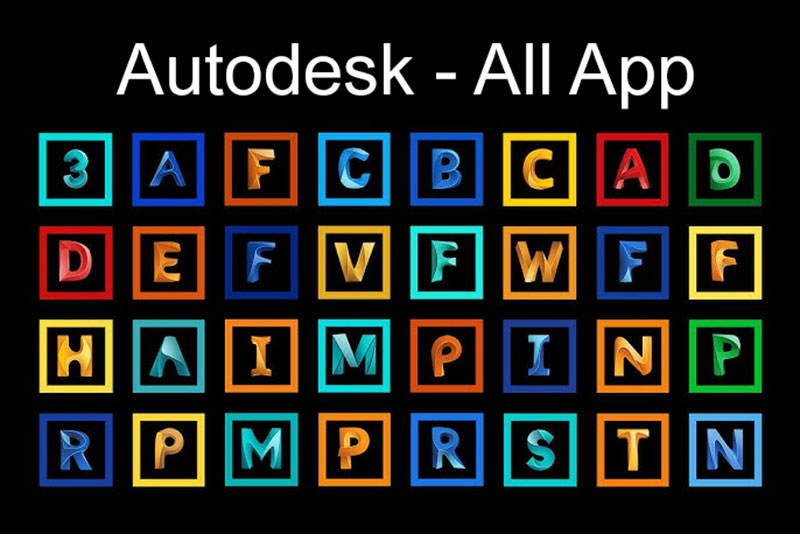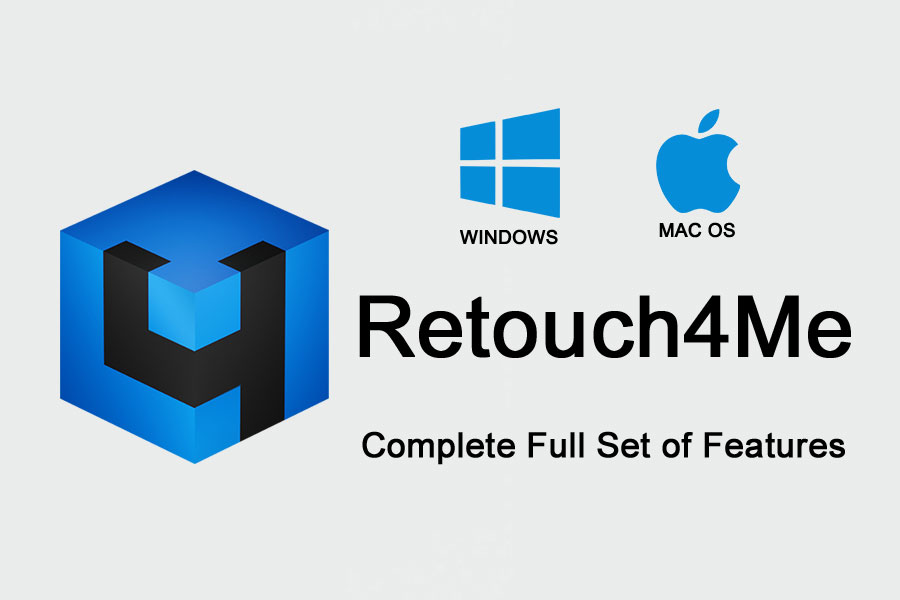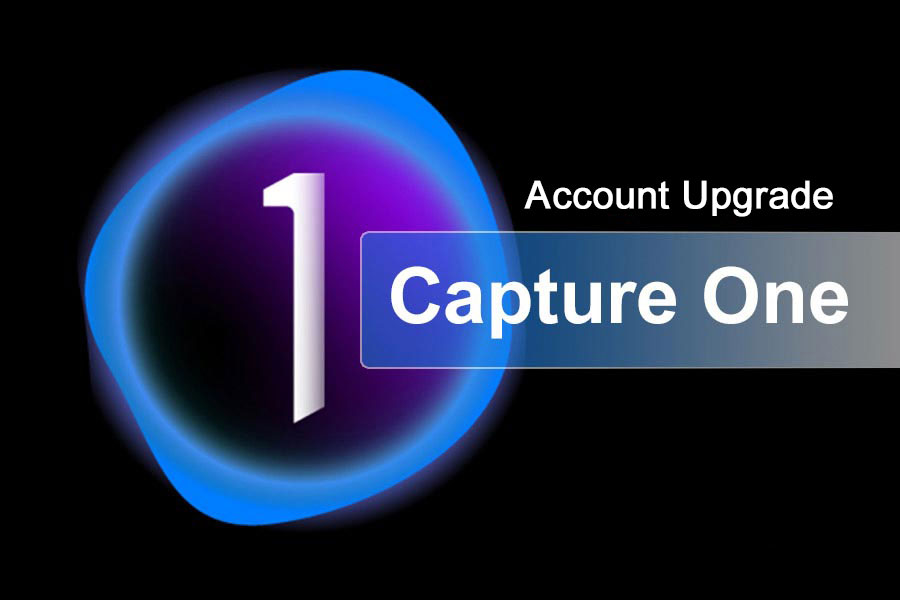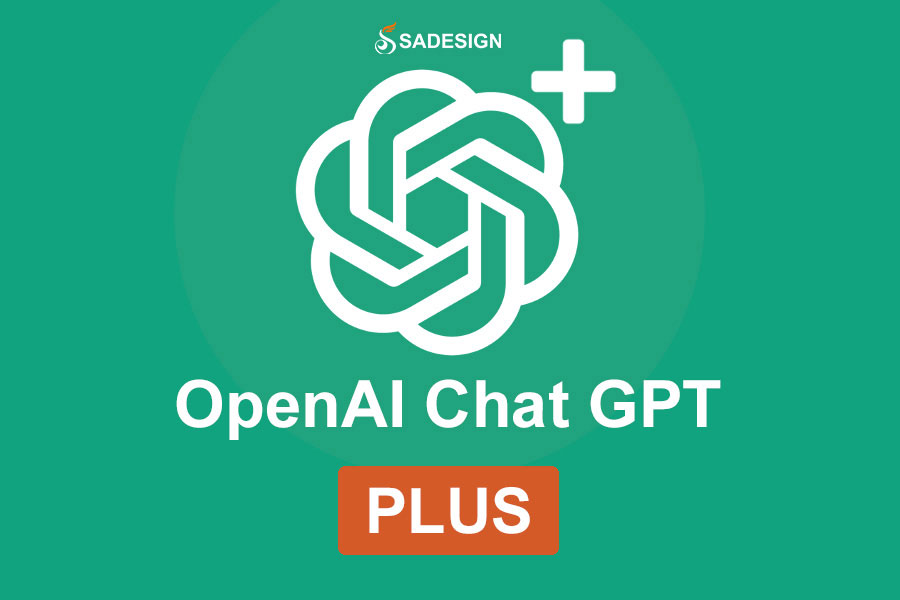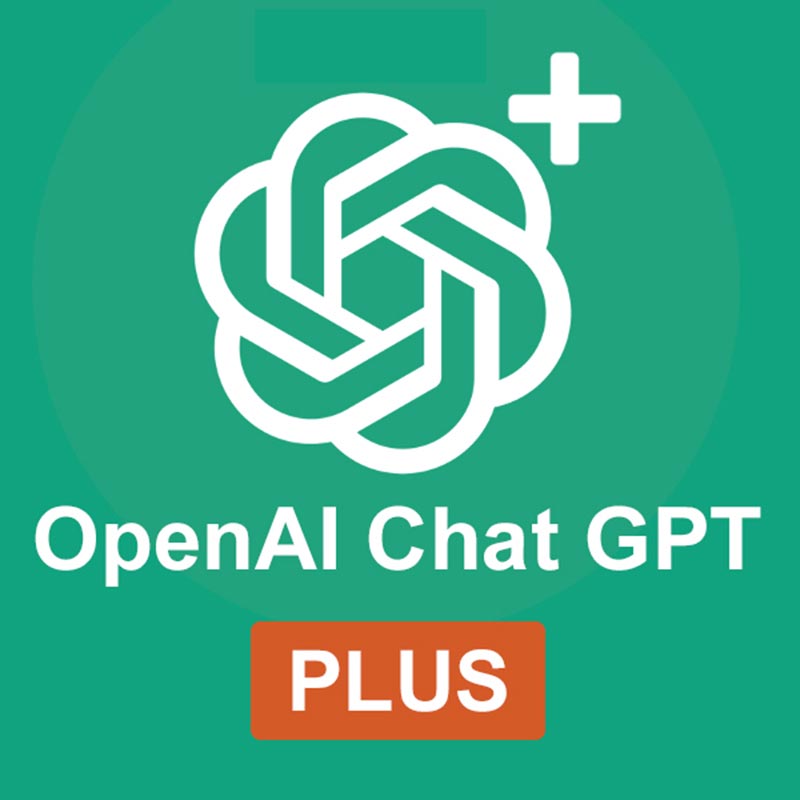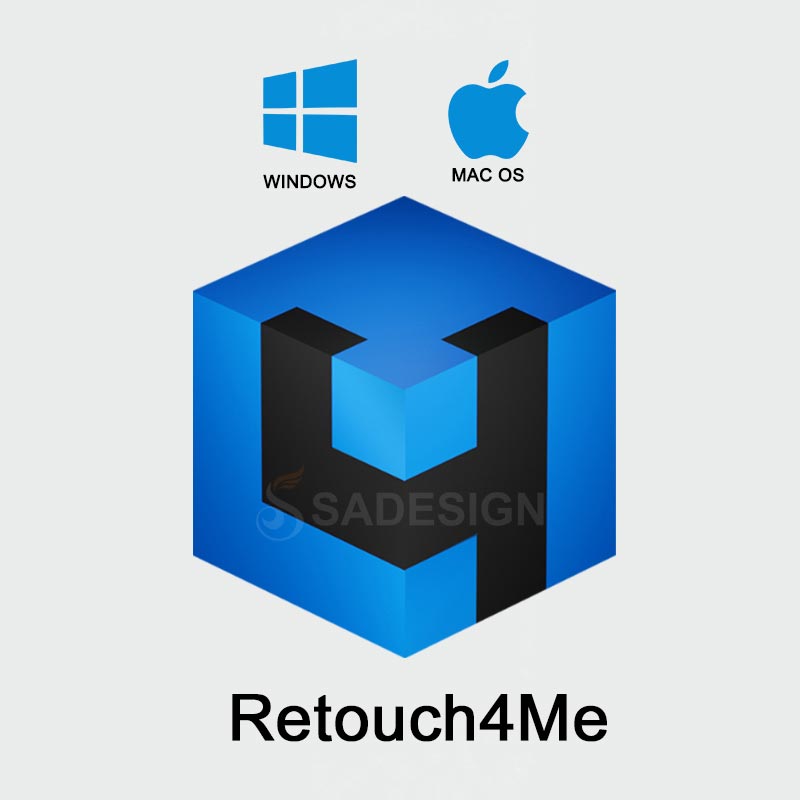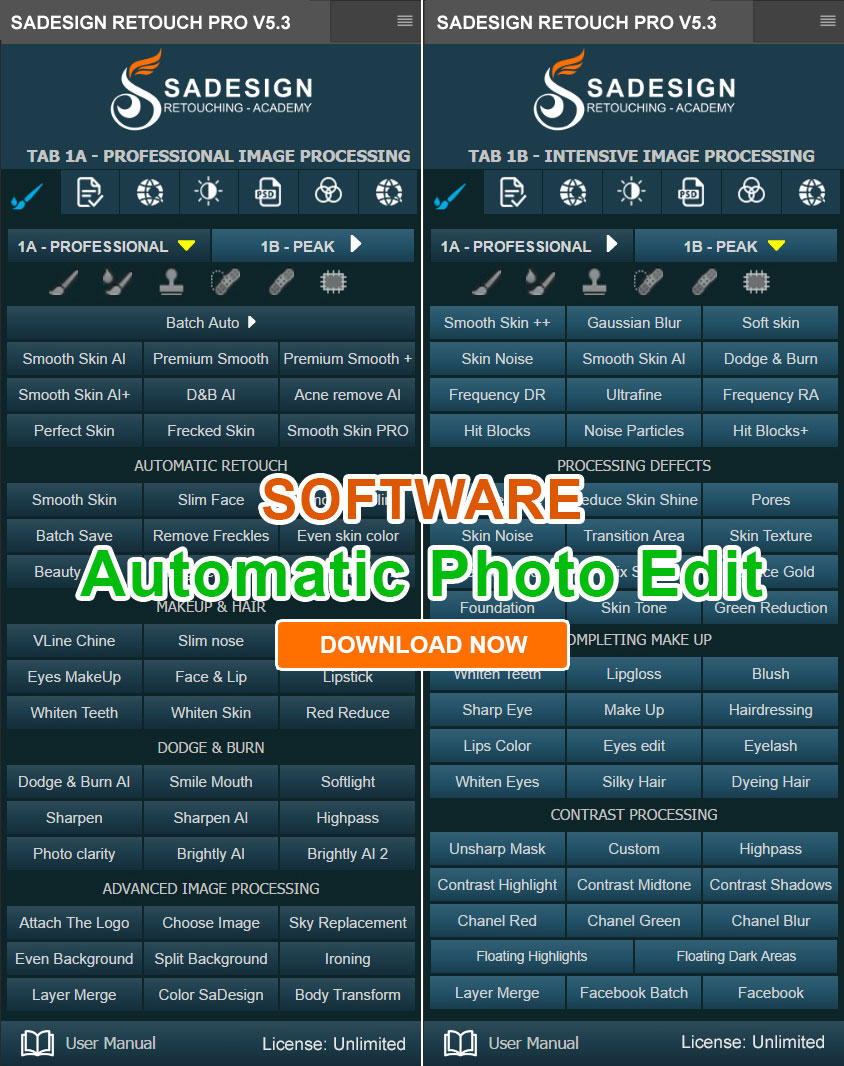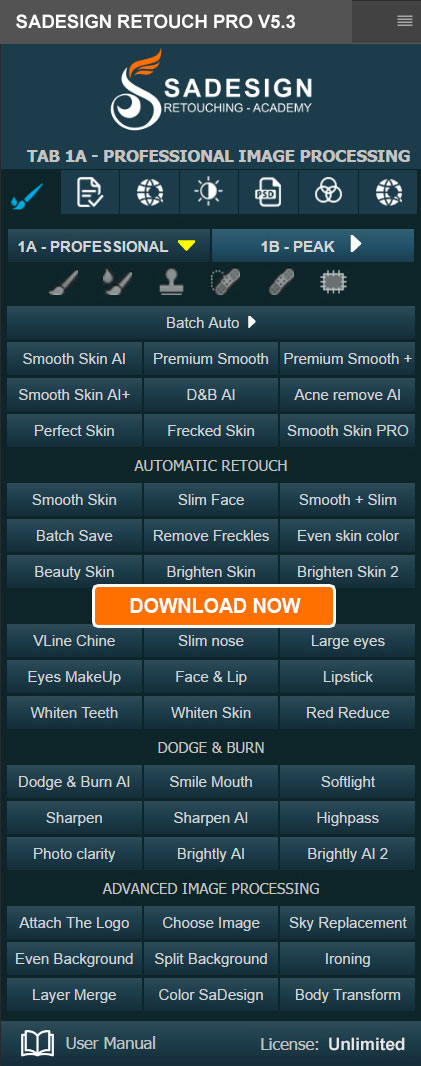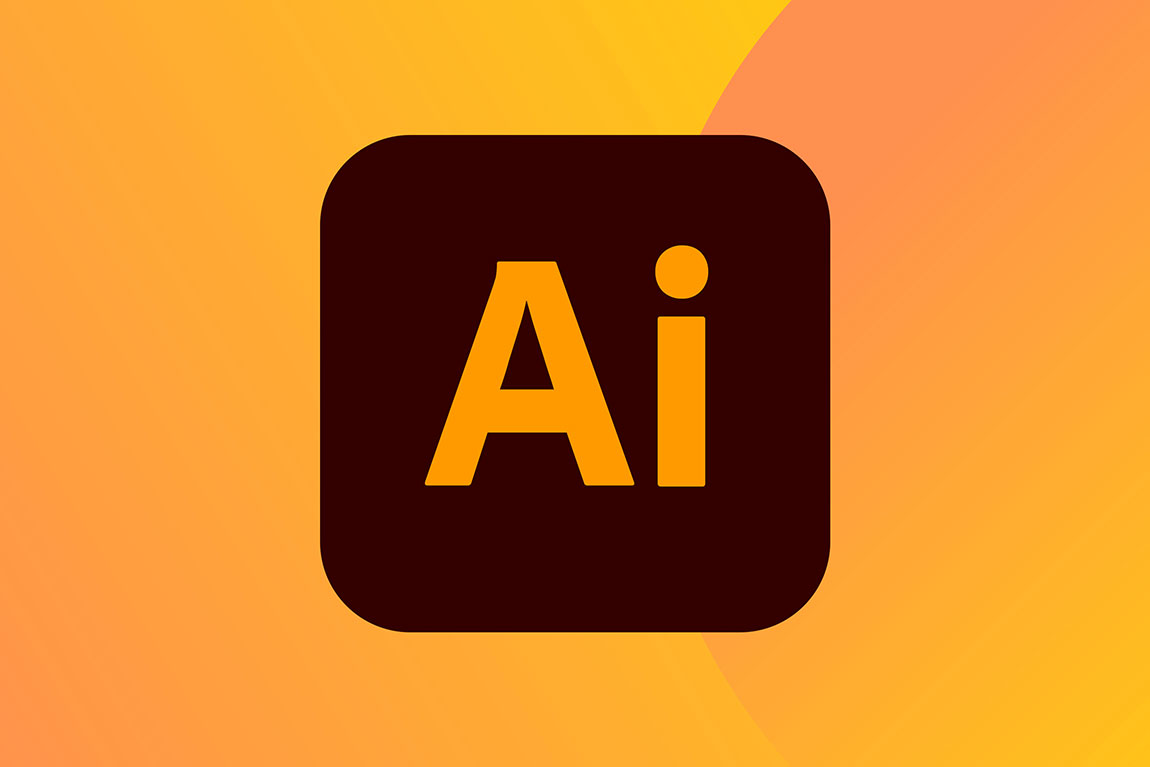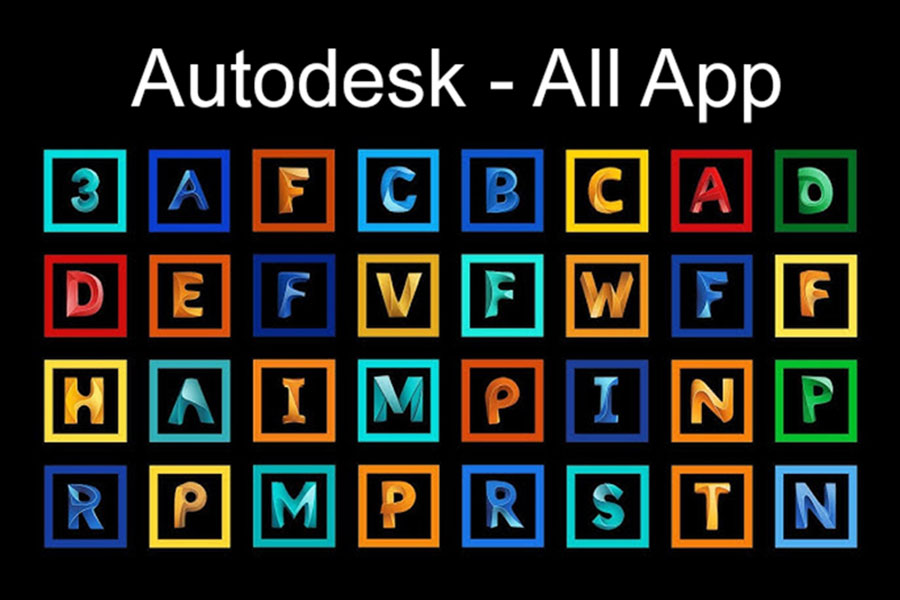Best Selling Products
Is Artificial Intelligence Really Smart? Learn From A To Z
Nội dung
- 1. AI Definition and Bilingual Terminology Explanation
- 1.1. What is AI?
- 1.2. Origin and Development History
- 1.3 Basic characteristics that make AI different
- 2. AI Classification
- 2.1. Narrow AI
- 2.2. Strong AI (General AI)
- 2.3. Distinguish from related concepts
- 3. Operating Principle and Basic Technology of AI
- 3.1. Machine “learning” and information processing process
- 3.2. Basic models and algorithms
- 3.3. The role of Big Data
- 4. Practical applications of AI in life
- 4.1. Healthcare: Revolutionizing Diagnosis and Treatment
- 4.2. Education: Personalizing the learning experience
- 4.3. Transportation: Towards an automated future
- 4.4. Business: Optimization and Automation
- 4.5. Life: Making life more convenient
- 5. Benefits and Challenges of AI
- 5.1. Benefits of AI
- 5.2. Challenges and Risks
AI stands for “Artificial Intelligence”. This is a field in computer science that focuses on developing computer systems capable of performing tasks that normally require human intelligence.
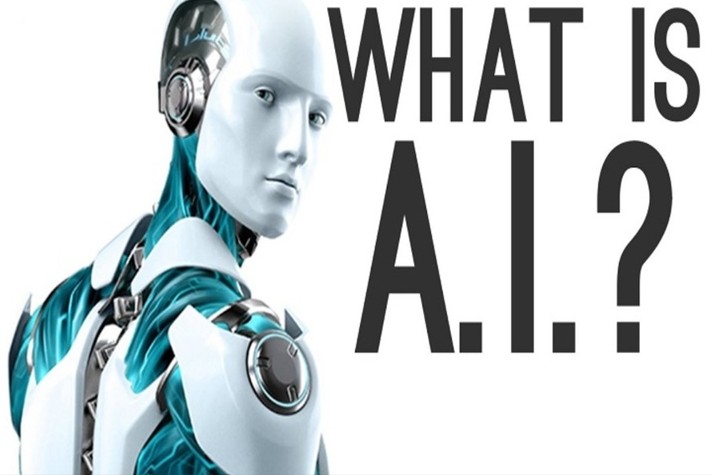
“What is AI?” You have probably asked yourself this question at least once when unlocking your phone with your face, ordering your virtual assistant to make a call, or being surprised when YouTube recommends videos that are right for you. In the digital age, artificial intelligence has penetrated almost every aspect of life from entertainment, healthcare to education and business.
From personalized movie recommendations on Netflix, Google’s instant language translation, to fast and accurate medical diagnostics – AI is quietly changing the way we work and live every day. But what exactly is AI? How do these machines “learn” and “think” like humans? And what makes artificial intelligence the core technology of the digital age?
In this article, I will take you from the basic concepts of AI, how to classify, operating principles, practical applications, to the challenges and upcoming development directions. Let's start the journey to learn about the technology that is contributing to reshaping the world around us!
1. AI Definition and Bilingual Terminology Explanation
1.1. What is AI?
AI stands for “Artificial Intelligence”. This is a field in computer science that focuses on developing computer systems capable of performing tasks that normally require human intelligence.
To understand better, let's analyze each component of this term:
Artificial (Artificial): Made by humans, not naturally
Intelligence: The ability to learn, reason, solve problems and make decisions
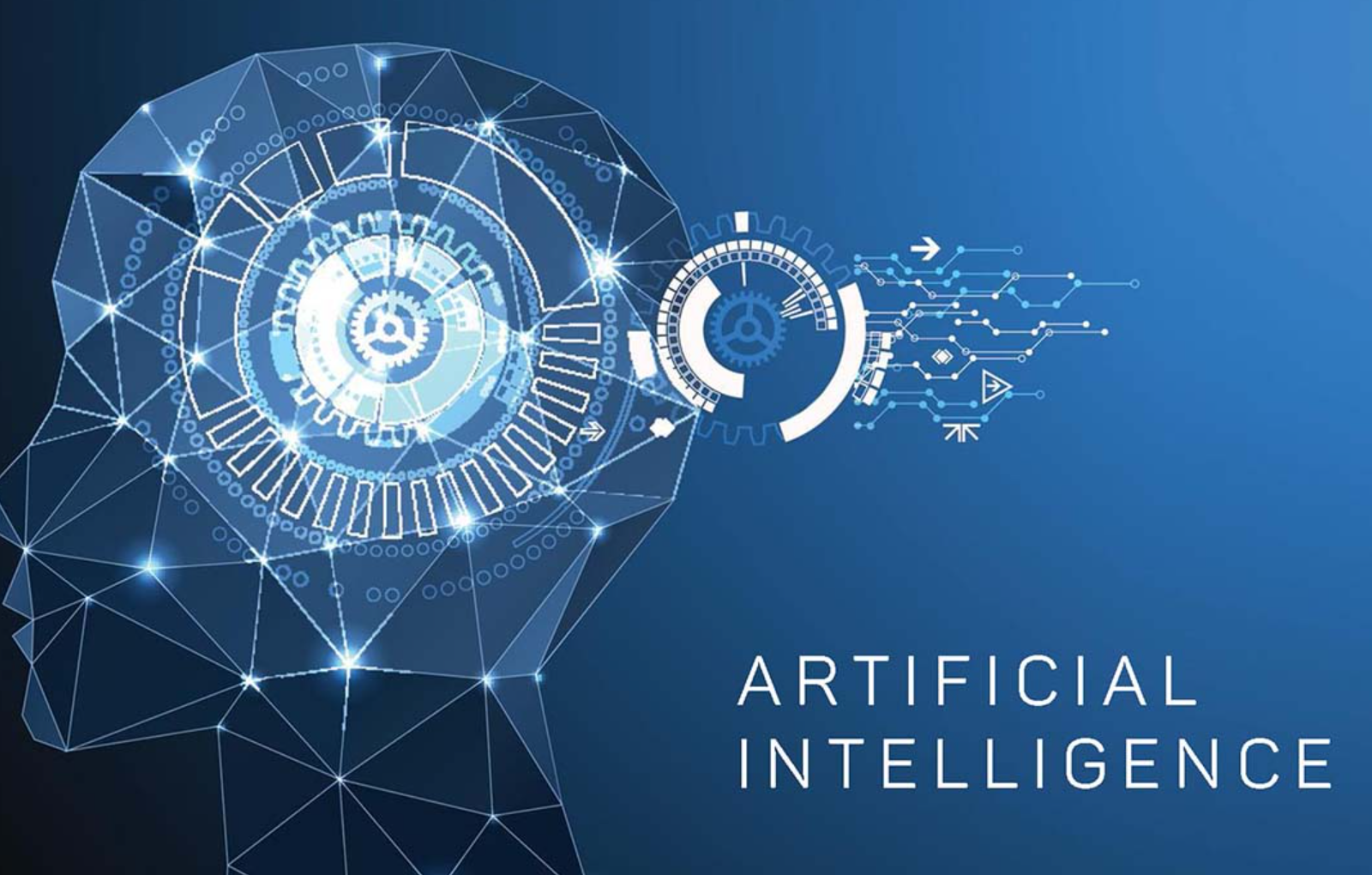
1.2. Origin and Development History
The term “Artificial Intelligence” was first coined by John McCarthy in 1956 at the Dartmouth Conference. However, the idea of intelligent machines has been around for a long time in literature and philosophy.
The AI development process goes through many stages:
1950s-1960s: The beginning period with the first programs
1970s-1980s: The “AI winter” period due to computational limitations
1990s-2000s: Boom with increased computer power
2010s-present: The era of deep learning and widespread artificial intelligence
1.3 Basic characteristics that make AI different
AI differs from traditional technologies in the following ways:
Ability to learn: Unlike conventional software that simply follows pre-programmed commands, AI can learn from data and improve performance over time.
Decision automation: AI can analyze information, recognize patterns, and make decisions without direct human intervention.
Adapting to new environments: AI systems are able to handle unprecedented situations by applying learned knowledge.
2. AI Classification

2.1. Narrow AI
Weak AI, also known as narrow AI, is a type of artificial intelligence designed to perform a specific task or a group of related tasks. This is the type of AI we use every day.
Typical examples of weak AI:
- Netflix, YouTube recommendation systems
- Virtual assistants like Siri, Google Assistant
- Facebook facial recognition algorithm
- Google Translate translation system
- Self-driving cars (within a certain range)
Main features:
- Highly specialized in a specific field
- Inability to transfer knowledge to another task
- Very high performance within the designed range
- Safe and controllable
2.2. Strong AI (General AI)
Strong AI or general AI is a form of artificial intelligence that has the ability to understand, learn, and apply human-like intelligence in all fields. Currently, strong AI is still just a theory and a long-term goal of researchers.
Future outlook:
- The ability to reason abstractly like humans
- Can transfer knowledge between different fields
- Learn and develop yourself without intervention
- Can replace humans in most intellectual work
2.3. Distinguish from related concepts

Machine Learning
Machine learning is a sub-branch of AI that focuses on developing algorithms that allow computers to learn from data without being specifically programmed for each task.
Deep Learning
Deep learning is a sub-branch of machine learning that uses multi-layered artificial neural networks to simulate the way the human brain processes information. To better understand convolutional neural networks and their applications.
3. Operating Principle and Basic Technology of AI
3.1. Machine “learning” and information processing process
To understand how AI works, imagine a child learning to recognize a cat. The child is shown hundreds of different pictures of cats, and the brain automatically recognizes common features: four legs, whiskers, pointy ears, long tail. AI works similarly, but with speed and massive amounts of data.
Basic steps in the AI process:
Data collection: Feed the computer a large amount of sample data
Preprocessing: Clean and normalize data so that it can be understood by computers.
Model training: The computer analyzes data to find patterns and rules
Testing and Tuning: Assessing accuracy and improving the model
Application Deployment: Putting the Model into Practical Use
Continuous Updates: Learn from new data to improve performance
3.2. Basic models and algorithms
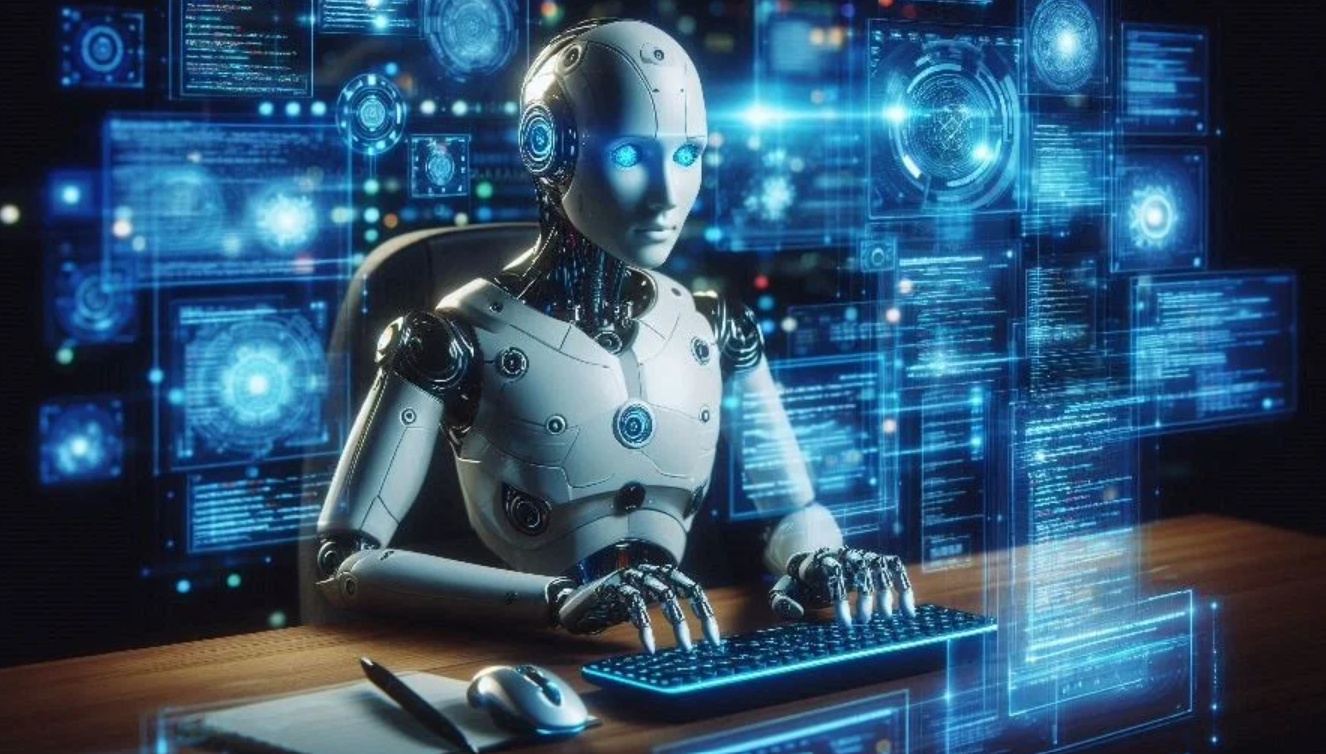
Natural Language Processing (NLP)
- This is the field that helps computers understand and process human language. NLP is applied in:
- Automatic translation (Google Translate)
- Social Media Sentiment Analysis
- Chatbot automatically responds to customers.
- Automatic text summarization
Image recognition
- Using algorithms to analyze and understand the content in images:
- Face recognition in photos
- Medical diagnosis from X-ray, MRI
- Product quality control in factory
- Self-driving cars recognize signs and obstacles.
Machine Learning and Deep Learning
Supervised Learning: Supervised Learning with Pre-Labeled Data
Unsupervised Learning: Learn without supervision, find patterns in data
Reinforcement Learning: Learning through rewards and punishments
3.3. The role of Big Data
Data is the “fuel” of AI. Without quality data, AI cannot function effectively. Big Data provides:
Volume: Millions, billions of data points for AI to learn from
Variety: Text, images, audio, video from various sources
Velocity: Data is updated continuously in real time
Veracity: Clean, reliable data to ensure accurate results
4. Practical applications of AI in life
4.1. Healthcare: Revolutionizing Diagnosis and Treatment
AI is transforming the healthcare industry with groundbreaking applications:
Medical imaging: AI systems can detect cancer from X-rays with greater accuracy than human doctors. For example, IBM Watson for Oncology has assisted in cancer diagnosis in many hospitals around the world.
Drug development: AI helps shorten drug research time from 10-15 years to 3-5 years by simulating molecular interactions.
Personal health tracking: Wearable devices like Apple Watch, Fitbit use AI to analyze heart rate, sleep, and warn of health problems early.

Application in Vietnam: Vinmec has deployed an AI system to read X-rays and CT scans, helping doctors diagnose faster and more accurately.
4.2. Education: Personalizing the learning experience
Adaptive learning systems: Software like Khan Academy uses AI to adapt learning content to each student's pace and ability.
Automatic grading: AI can grade essays and written assignments with high accuracy, saving teachers time.
Virtual Teaching Assistant: Educational chatbots can answer student questions 24/7, supporting after-school learning.
Predicting academic performance: Analyze academic data to predict students at risk of dropping out and provide timely interventions.
4.3. Transportation: Towards an automated future
Self-driving cars: Tesla, Google Waymo are developing fully autonomous car technology that promises to significantly reduce traffic accidents. Learn more about the role of AI Agents in self-driving cars and robots.
Smart traffic management: AI analyzes traffic flow to optimize traffic lights, reducing congestion.
Predictive maintenance: Airlines use AI to predict when aircraft parts need maintenance, avoiding unexpected breakdowns.
4.4. Business: Optimization and Automation
Smart Marketing:
- Customer segmentation based on shopping behavior
- Personalize ads on Facebook, Google
- Forecasting market trends
Customer care chatbot: Banks such as Vietcombank and Techcombank have deployed chatbots to automatically advise and support customers.
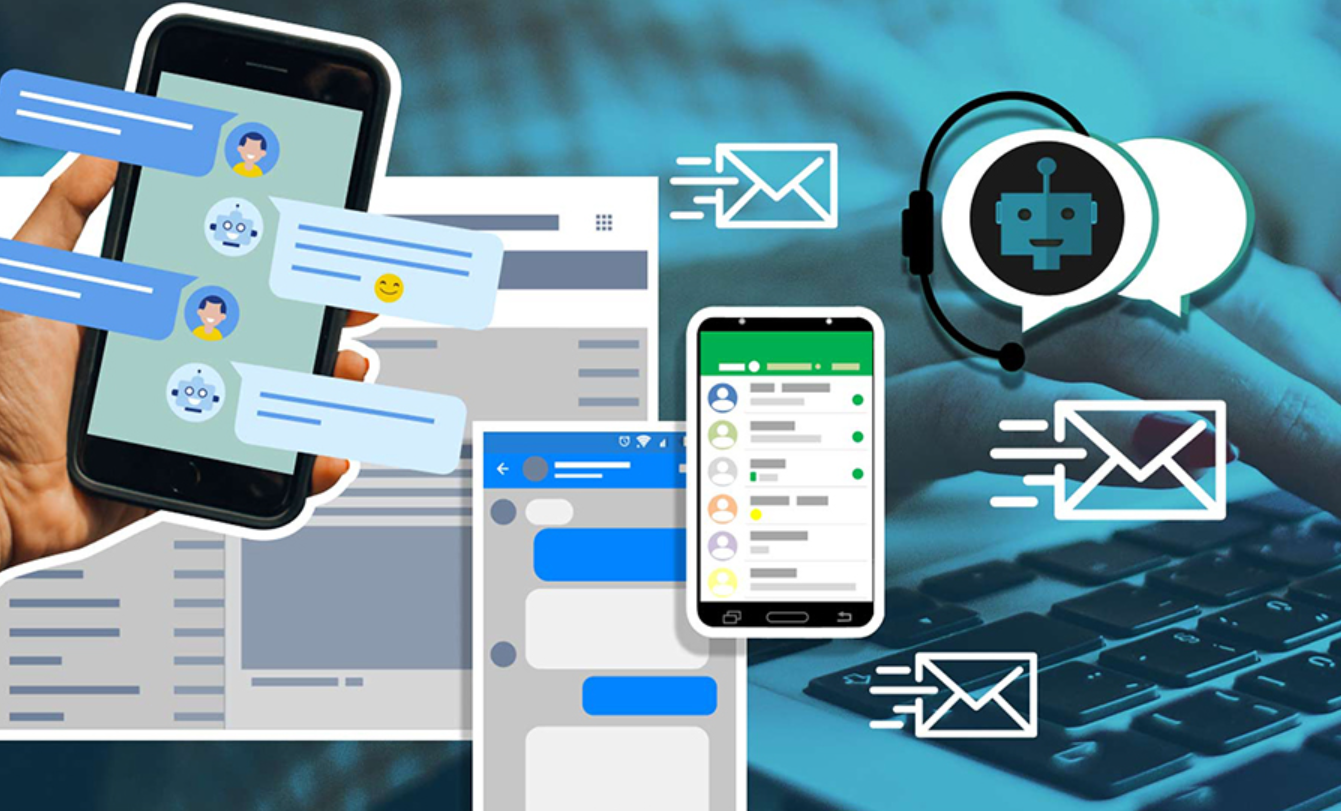
Supply chain management: Amazon uses AI to predict demand, optimize warehouses and deliveries.
4.5. Life: Making life more convenient
Virtual assistants: Siri (Apple), Google Assistant, Alexa (Amazon) help control smart devices, answer questions, and make appointments.
Smart Search: Google uses AI to understand search intent and deliver the most relevant results.
Instant translation: Google Translate, Microsoft Translator help break down language barriers in global communication.
Content recommendations: Netflix, Spotify, YouTube use AI to recommend movies, music, videos that match personal preferences.
5. Benefits and Challenges of AI
5.1. Benefits of AI
Increase labor productivity
AI can handle huge workloads in a short time. For example, an AI system can analyze millions of medical records in seconds to find disease patterns, while humans need months.
Automate repetitive tasks
Boring, repetitive tasks can be delegated to AI, freeing humans to focus on more creative, high-value work.
Innovation
AI opens up new possibilities in scientific research, product development, and solving complex problems that humans cannot yet solve.
Save time and money
Process automation helps businesses reduce labor costs and increase operational efficiency. McKinsey estimates that AI could create $13 trillion in economic value by 2030.
Improve service quality
AI helps personalize customer experiences, provide 24/7 service, and reduce human error.
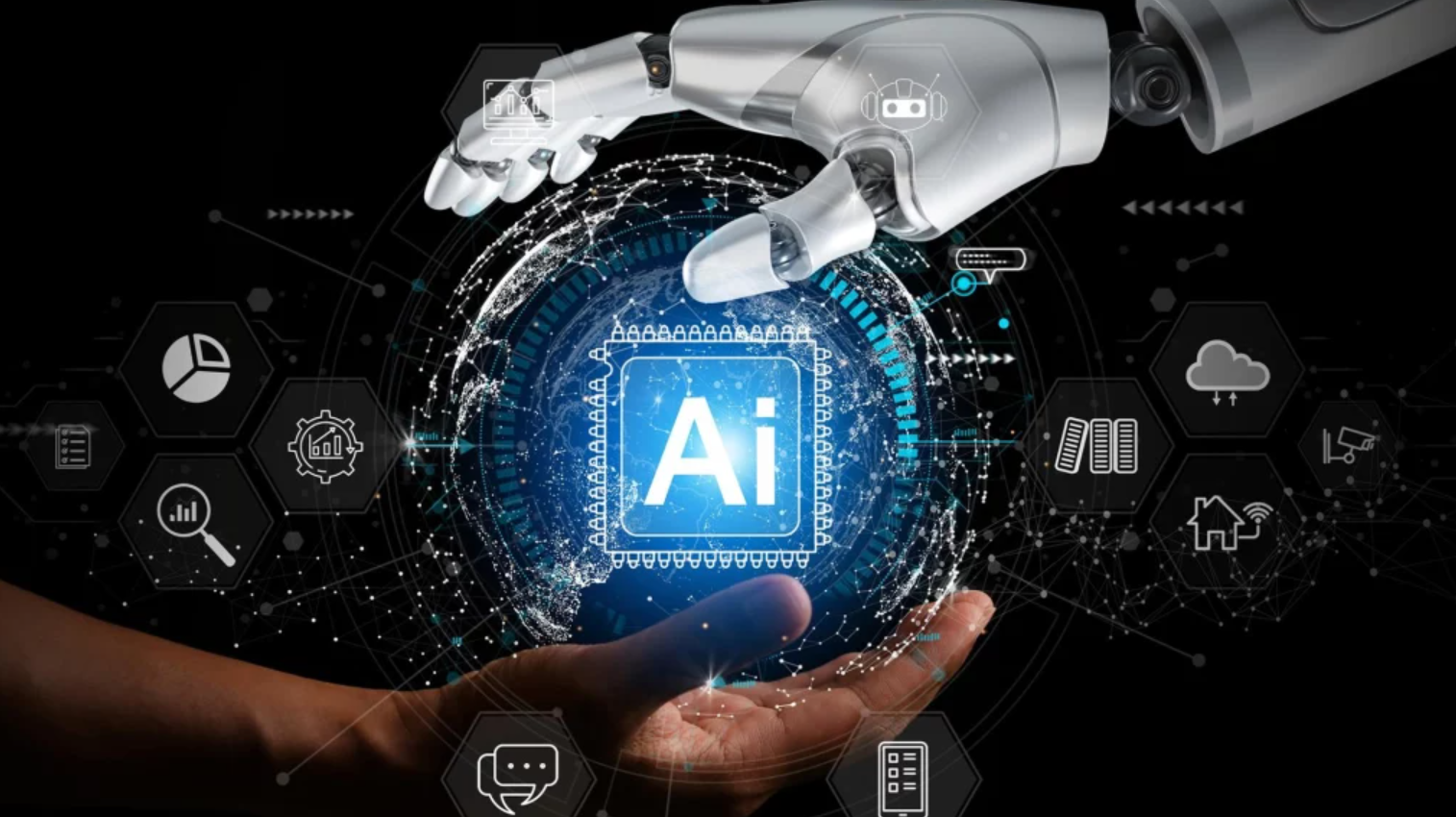
5.2. Challenges and Risks
Moral hazard and prejudice
AI can learn and amplify biases present in training data. For example, AI recruiting systems have been found to have gender or racial biases.
Fake news and Deepfake
AI technology can create extremely realistic fake videos and sounds, making it difficult to distinguish between real and fake information. Deepfakes have become a serious threat to information authenticity.
Cybersecurity and Privacy
AI needs a lot of personal data to function effectively, raising the risk of information leaks and privacy violations. Cases like Cambridge Analytica have shown the importance of protecting personal data.
Technological inequality
Only companies and countries with large resources can develop advanced AI, creating a growing technological gap between developed and underdeveloped regions.
Risk of job loss
According to a report by the World Economic Forum, AI and automation could replace 85 million jobs by 2025. However, it will also create 97 million new jobs, requiring people to learn and adapt.
Objective reviews from experts
Professor Andrew Ng, the world's leading AI expert, commented: "AI is the electricity of the 21st century. Just as electricity transformed every industry 100 years ago, AI will do the same today."
However, he also warned about the importance of developing AI responsibly, ensuring that this technology serves the common good of humanity.
Hopefully after this article, you have a clearer view of the world of AI, a technology that is no longer strange but is accompanying us every day. Continue to learn, explore and proactively master the technology, because you are also contributing to shaping the future!

